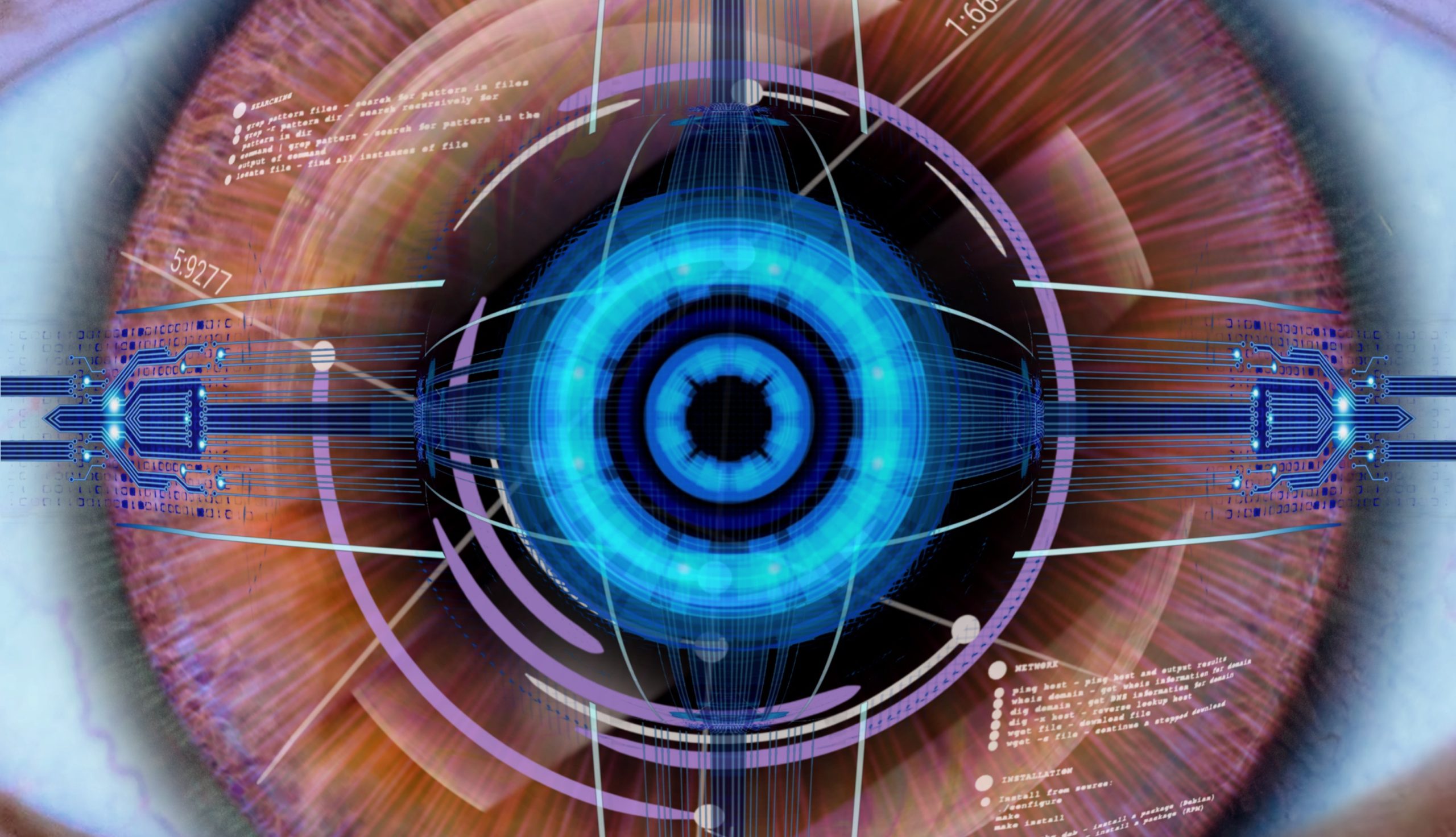AI-based Diabetic Retinopathy


AI-based Diabetic Retinopathy
AI-Based Detection and Management of Diabetic Retinopathy
Diabetic Retinopathy (DR) is a serious complication of diabetes that affects the eyes, potentially leading to vision loss and blindness if left untreated. It occurs when prolonged high blood sugar levels damage the small blood vessels in the retina, causing them to leak fluid or bleed. In advanced stages, abnormal new blood vessels may grow, further increasing the risk of retinal detachment and severe vision impairment. Early detection is crucial because DR often progresses without noticeable symptoms until significant damage has already occurred. Traditional screening methods, such as retinal fundus photography and optical coherence tomography (OCT), require trained ophthalmologists to interpret results, making access to timely and accurate diagnosis challenging, especially in remote or resource-limited areas.
Artificial Intelligence (AI) is transforming DR detection and management by enabling automated, high-precision screening. AI-powered deep learning models can analyze retinal images with remarkable accuracy, identifying early signs of DR such as microaneurysms, hemorrhages, and neovascularization. These AI systems reduce the dependency on human interpretation, ensuring that even non-specialist healthcare providers can conduct screenings and detect DR at an early stage. By processing large volumes of retinal images rapidly, AI enhances screening efficiency, allowing healthcare systems to prioritize high-risk patients for early intervention.
Beyond detection, AI-driven predictive analytics can assess a patient’s risk of developing DR based on medical history, glucose levels, and other biomarkers. This enables personalized treatment strategies, such as lifestyle modifications, early referrals to specialists, or timely interventions like laser therapy or anti-VEGF injections. Additionally, AI-powered telemedicine solutions expand access to DR screening, particularly for patients in rural or underserved areas, reducing preventable blindness. By integrating AI into diabetic eye care, healthcare providers can improve early diagnosis, optimize treatment plans, and ultimately enhance the quality of life for individuals with diabetes.
